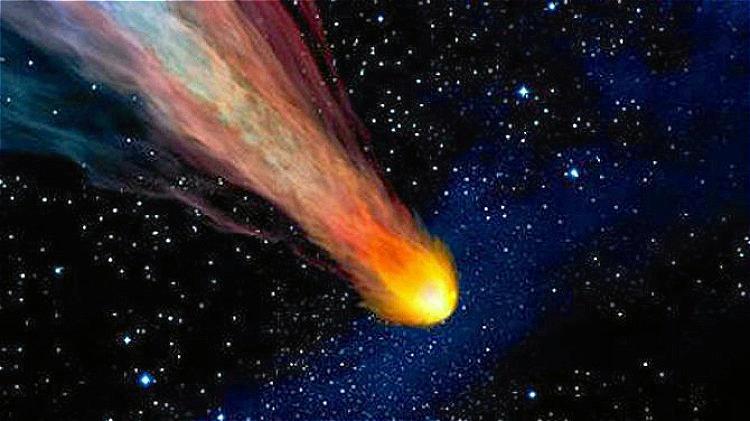EXPLAINED: Science behind the 'fireball' meteor
THE unusual meteor exploded over the Northern Rivers, and parts of it could be in your backyard.

A FIREBALL exploded over the Northern Rivers last night, and bits of it could be in your backyard.
The meteor was roughly the size of a soccer ball, according to astronomer Dave Reneke.
But he said even if part of the exploded fireball did happen to land in your garden, "you wouldn't know it from an ordinary rock if you tripped over it".
At 4.55pm yesterday, many stunned locals witnessed a bright white or orange meteor, followed by a "loud crack", like thunder, or "sonic boom", shortly after the sighting.
Mr Reneke, from Australasian Sky and Space Magazine, said the earth gets hit by hundreds of tonnes of meteoric dust every day.
"If they're big enough and they survive the trip, they become fairly obvious in the sky, they become a streak and we call that a meteor.
"When it hits the ground it's a meteorite."
He said last night's space rock was called a fireball, and is "an unusual sort of meteor".
"A fireball is a different sort of meteor. It's a slow moving one," he said.
"This one would've been about the size of a soccer ball.
"They come in about 30 kilometres a second and because they're moving so quickly they get hot and they build up heat and pressure and they blow up.
"A fireball is when the rock starts to melt as it comes through the sky.
"If you're close enough to it you can hear it break the sound barrier. You can heart the boom when it breaks up and it has been known to rattle windows."
No one has ever been killed by a meteor, to the shock of Mr Reneke, but people have been hit by them.
He said to see one, it's all about being in the right place at the right time.
"When we find meteors, we're actually finding bits of rock that were similar to what the earth was made when it was created.
"This one that came in last night over your region would be a fairly sizeable bit of rock.
"Had it been any bigger and hit the ground, what would be the worst case scenario, it could've quite of easily taken out a few houses."
Meteors can be 1000km wide, and come from a "rubble pile" leftover from an old planet in an asteroid belt between Mars and Jupiter.
They hit the earth when the planet "gets in the way" on its journey to the sun.
Mr Reneke said they were not uncommon but during his 50 years of work, the past two to three weeks there had been a "surprising" number of reports.
"I've never seen so many of these fireball reports coming in, in the one calendar month," he said.
"The ones we worry about are the ones that are hundred of metres in diameter.
"There is a survey now being carried out to make sure that we will know where they are because if one of these comes in of any particular size, anywhere within half a kilometre in diameter and higher it would actually take out most of the east coast of Australia in one fell swoop."
https://www.davidreneke.com/ for more.


